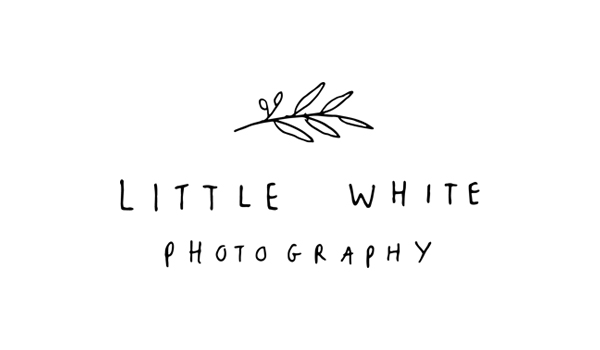As a newborn photographer and baby photographer who’s style is very uncluttered and predominantly white, I need to ensure that my whites are perfect for the image I’m creating.
A key part of getting your whites white in photography is fairly obvious, but often overlooked or misused. It’s setting the right white balance.
I bet you’re thinking, well duh! But when is the last time you invested time in testing and analysing which white balance is best for your space and lighting?
I don’t mean trying different white balance presets and eyeballing the images on the back of camera. But actually sitting there, taking image after image, noting down the white balance setting for each and then analysing them on your computer. It’s not fun, it’s not exciting, but to get white whites straight out of camera, it’s a necessity.
I’m aiming this blog at those shooting with flash in a studio, because for any photographers shooting natural light or in changing environments then setting one static white balance is unlikely to work for you.
But if you do shoot with flash in a consistent setting, then investing the time in working out your white balance will save you hours of editing time for years to come and take your white images to the next level.
The first thing I did when I went through this process was test all of the white balance settings in my camera to see how each of them performed in my space. It’s useful to have a model for this process as skin tone is obviously a key aspect to consider when setting your white balance (using a baby that isn’t yet that mobile is ideal, I wouldn’t recommend trying to get a 1 year old to stay still like I foolishly did)…
.jpg)
NOTE: I’ve included my KELVIN setting as a reference to compare against, but this is what you’re working towards so you wouldn’t have that at this stage.
I liked the warmth of the DIRECT SUNLIGHT setting, but felt it was too magenta especially on the skin. I also liked the AUTO setting, but felt it looked a bit grey and flat (this was due to the cyan).
You may be looking at the images and thinking, ‘well the AUTO is pretty close to the KELVIN setting she uses so I’ll just use AUTO’. But what the above illustration doesn’t show is how changeable the camera’s AUTO setting is.
The below images are all shot one after the other using my camera’s AUTO setting. The lighting, camera settings and angle all remained the same, yet the white balance kept changing…
.jpg)
I won’t go into the why’s, but I’d recommend against using AUTO as although it’s ok, if you want white whites then it isn’t ideal.
So anyway, the above process gave me a basis to start honing which KELVIN setting I wanted to use and would give me the best results. I looked at the temperature and tint (you can do this in ACR and LR) for the images I liked and came up with a few KELVIN settings to test. All were very similar, just little tweaks and after testing these I found that 5000k with my magenta lowered very slightly worked best for me.
Some of you may well be using a grey card and although this is a viable option, I don’t like adjusting my white balance in post as it never looks quite as good as when you get it right in camera.
Expodiscs are also another option and I did try one a while back, but these are generic methods and will never be able to get the white balance just how you want it.
If you’re shooting in a consistent environment then I strongly recommend investing the time in finding the white balance that works best for you and the style of images you want to create. There isn’t a one size fits all, especially when shooting with white.
Some photographers prefer a slightly cooler white, some slightly warmer. I like a bright, fresh white, whereas others prefer it slightly muted. All variations look fantastic and show how versatile white can be.
Take a look at the amazing work of Family As Art, Shelly Fergusson Photography, Fox & Feather, Bethany Backhaus Photography to name but a few. Each of which are incredible artists and have their own take on how to use white in their photography.
I really hope that you’ve found this blog useful and here’s to getting beautiful whites.
If you’d like to see some of my recent work and how I use white within my photos, please CLICK HERE.





Fab, thanks Suzi, you are a star ⭐️ x
Great blog Suzi. Thank you for sharing. Your whites are perfection xx
That was a great read thank you Suzi xx
This is so helpful. Thank you Suzi! X
Thanks for sharing Suzi! Useful tips.
This is SO helpful. Thank you!
Suzi, Your generosity in sharing your knowledge is a true testiment to a confident, successful photographer.
thank you!! love your work